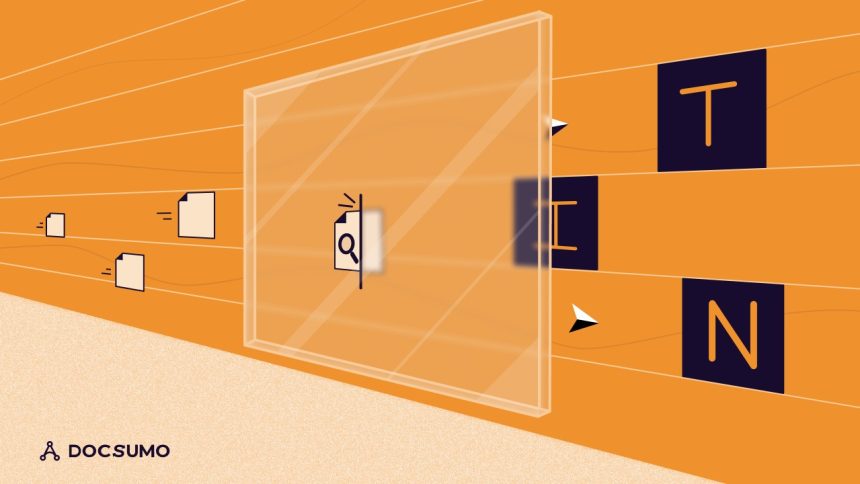Introduction
Optical Character Recognition (OCR) technology has come a long way since its inception, revolutionizing the way we digitize and process printed text. Over the past few decades, OCR has evolved significantly, incorporating cutting-edge techniques and innovations. In this comprehensive article, we will delve into the historical development of OCR technology, highlighting key milestones and breakthroughs that have shaped its current state.
Early Beginnings
The Birth of OCR
The roots of OCR technology can be traced back to the early 20th century when inventors began experimenting with machines capable of reading printed characters. However, it wasn’t until the 1950s that OCR technology gained recognition with the invention of the “Optical Character Reader” by David Shepard. This machine could read characters from a printed page and convert them into electrical impulses.
Machine Learning Emerges
In the 1960s, the field of machine learning started to play a pivotal role in OCR development. Researchers began developing algorithms that could recognize characters by analyzing patterns and shapes. These early systems were rudimentary but laid the foundation for more sophisticated OCR solutions in the future.
The Digital Revolution
Digital Imaging and OCR
The 1980s marked a turning point for OCR technology. The widespread adoption of digital imaging technologies, such as scanners and digital cameras, provided a significant boost to OCR capabilities. These devices allowed for the capture of high-quality images, making character recognition more accurate and reliable.
OCR for Mass Text Digitization
As the 1990s rolled in, OCR technology found applications beyond niche industries. Libraries and organizations started digitizing vast collections of printed material, including books and historical documents. OCR played a crucial role in this process, enabling the conversion of printed text into machine-readable formats.
Recent Advancements
Deep Learning Revolution
The 21st century has witnessed remarkable progress in OCR technology, thanks to the advent of deep learning. Neural networks, particularly convolutional neural networks (CNNs), have revolutionized character recognition. These algorithms can learn intricate patterns and adapt to various fonts and styles, significantly improving OCR accuracy.
Handwriting Recognition
Another notable advancement in OCR is the recognition of handwritten text. While printed text OCR was well-established, deciphering handwriting remained a challenging task. Recent developments in machine learning, especially recurrent neural networks (RNNs) and long short-term memory networks (LSTMs), have made significant strides in recognizing handwritten characters.
Applications Across Industries
Document Management
OCR technology has become an indispensable tool for document management. Businesses and organizations use OCR to automate data entry, extract information from invoices, contracts, and forms, and organize digital archives efficiently.
Accessibility and Inclusivity
OCR has also played a vital role in making printed materials accessible to individuals with visual impairments. Text-to-speech technologies, powered by OCR, have enabled visually impaired individuals to access printed information in a digital, spoken format.
E-commerce and Search Engines
In the e-commerce industry, OCR is used for product recognition, enabling users to search and shop for items based on images. Similarly, search engines employ OCR to extract text from images, making image-based content searchable.
Challenges and Future Directions
Multilingual OCR
One of the ongoing challenges in OCR technology is the recognition of multilingual text. Different scripts and languages pose unique challenges, and OCR algorithms must continue to evolve to support a global audience effectively.
Improving Accuracy
While OCR technology has made great strides in accuracy, there is still room for improvement. Fine-tuning algorithms to handle low-quality scans, degraded text, and complex fonts remains a priority.
Integration with AI and Automation
The future of OCR lies in its integration with artificial intelligence (AI) and automation. OCR will play a pivotal role in data extraction, natural language processing, and content understanding, enhancing the capabilities of AI-driven applications.
Conclusion
In conclusion, the evolution of OCR technology from its early beginnings to its current state is a testament to human ingenuity and innovation. OCR has transformed the way we interact with printed text, enabling digitization, accessibility, and automation across various industries. As OCR continues to evolve, its impact on our digital world is bound to grow, making it an exciting field to watch in the coming years. With advancements in deep learning, multilingual support, and AI integration, the future of OCR holds great promise.


